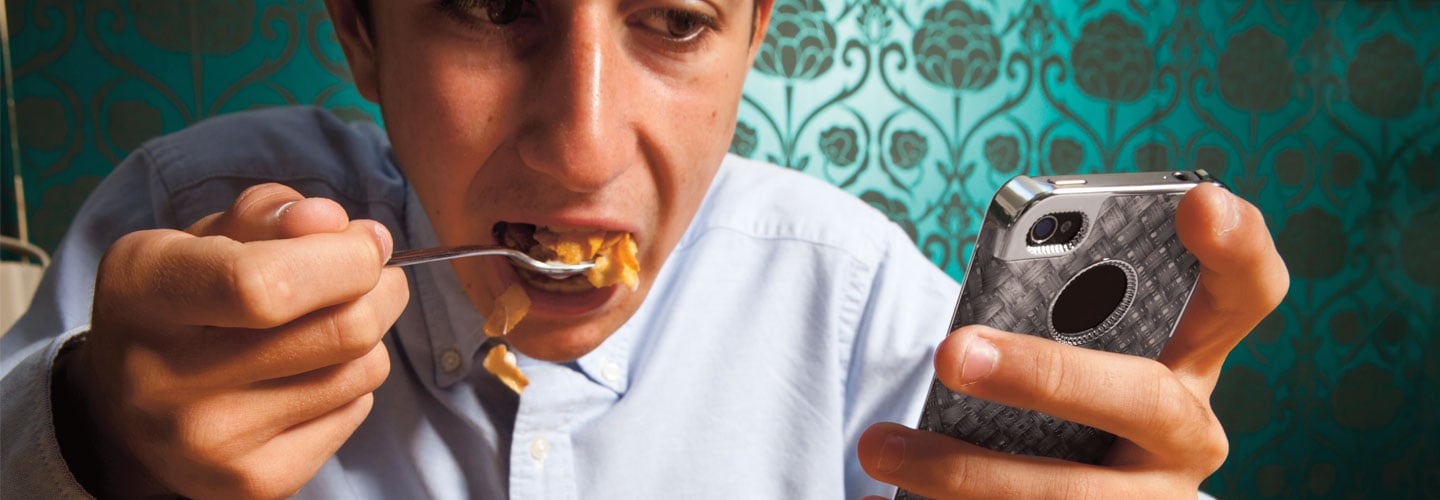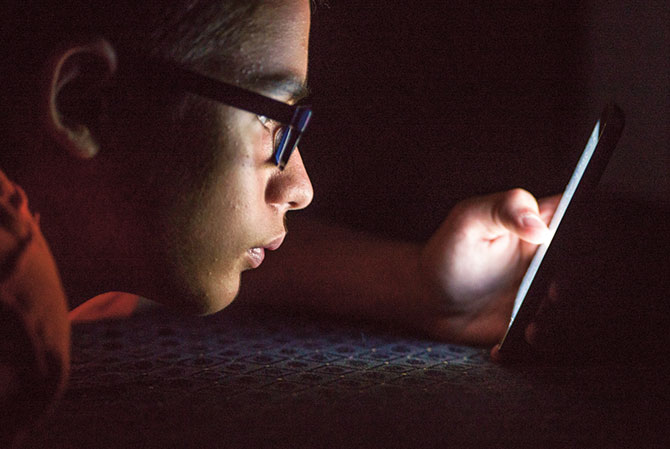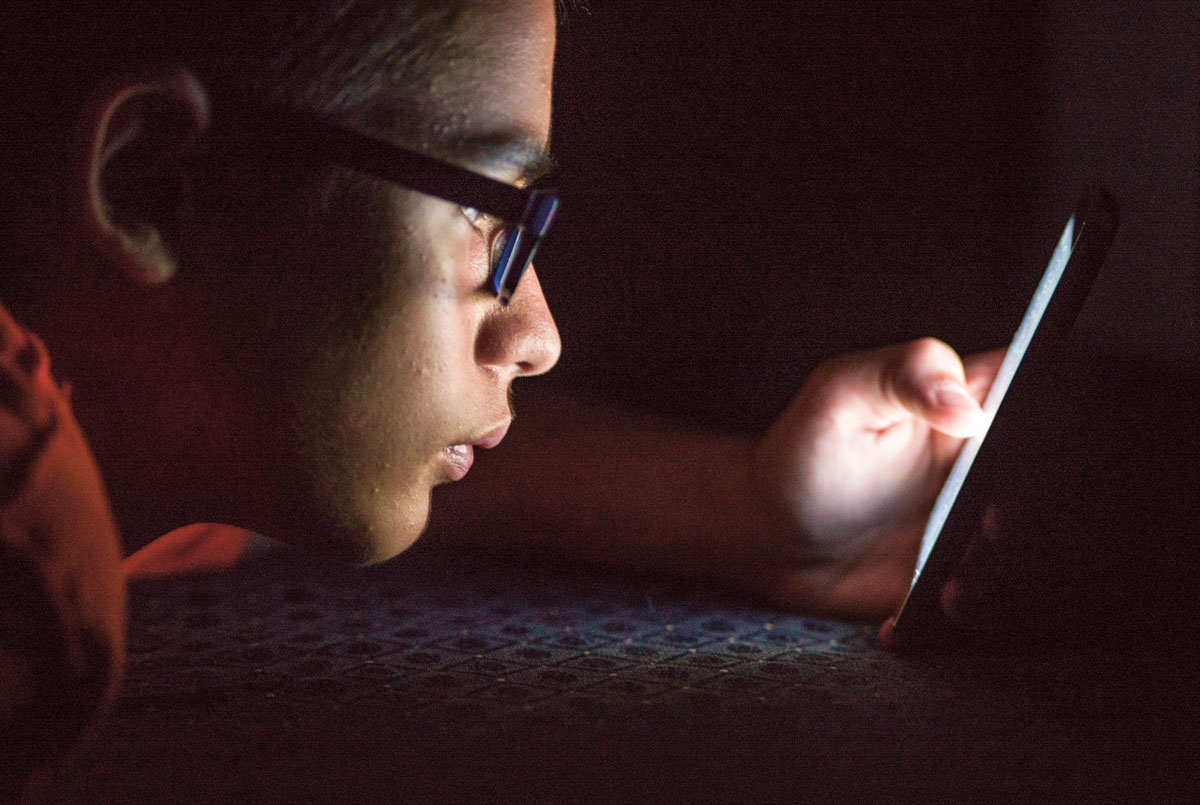The first thing Alfredo Santos does when he wakes up each morning is check his iPhone. The rest of the day, the 16-year-old from New York City can’t put the device down, whether he’s in class, at the dinner table, or lying in bed trying to fall asleep.
He’s far from alone in
“If I don’t have my phone . . . I don’t feel comfortable,” he says. “I’m like, ‘What am I going to do now?’”
Doctors, teachers, and parents have long said that teens spend too much time on their phones. But now, even some people in the tech industry fear their products may be too difficult to put down.
Recently, representatives of two of Apple’s biggest investors posted a letter online to the tech company. They pressured Apple to help combat what many people see as a growing health crisis among young people: phone addiction. The investors—who collectively own about $2 billion worth of Apple
“Companies have a role to play in helping to address these issues,” says Barry Rosenstein of JANA Partners, one of the people who wrote to Apple. “The days of just throwing technology out there and washing your hands of the potential impact are over.”









